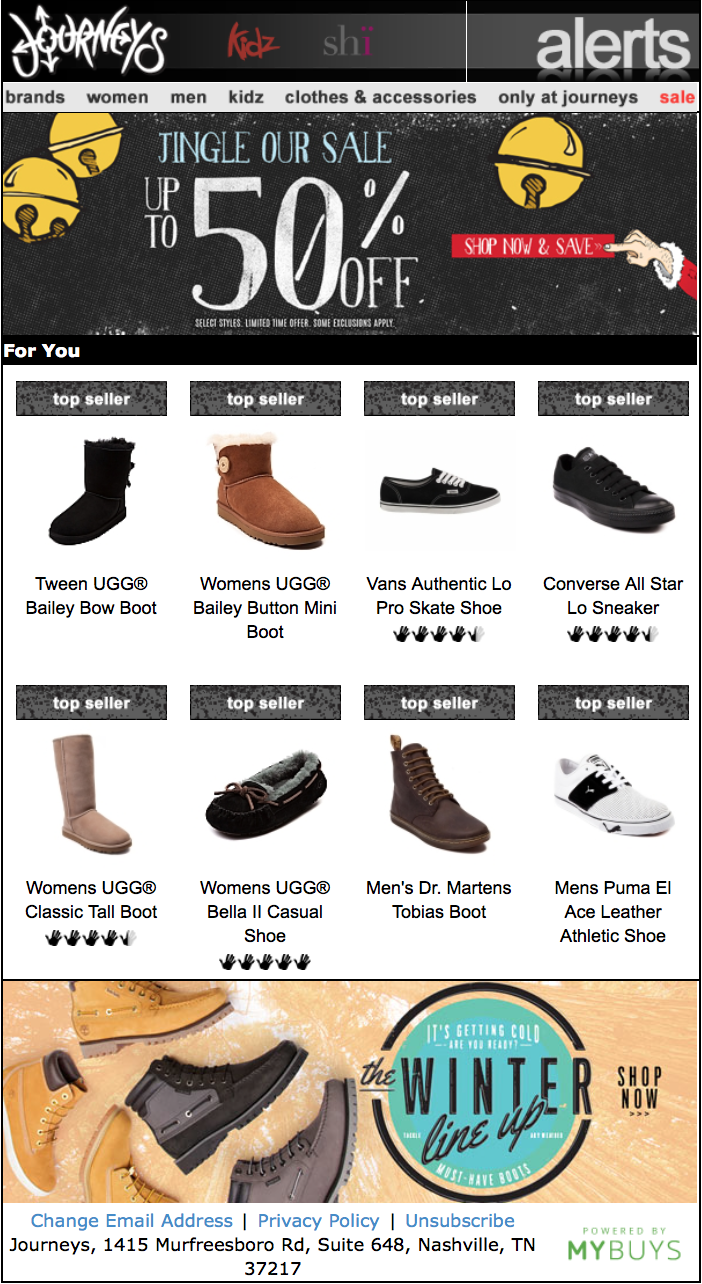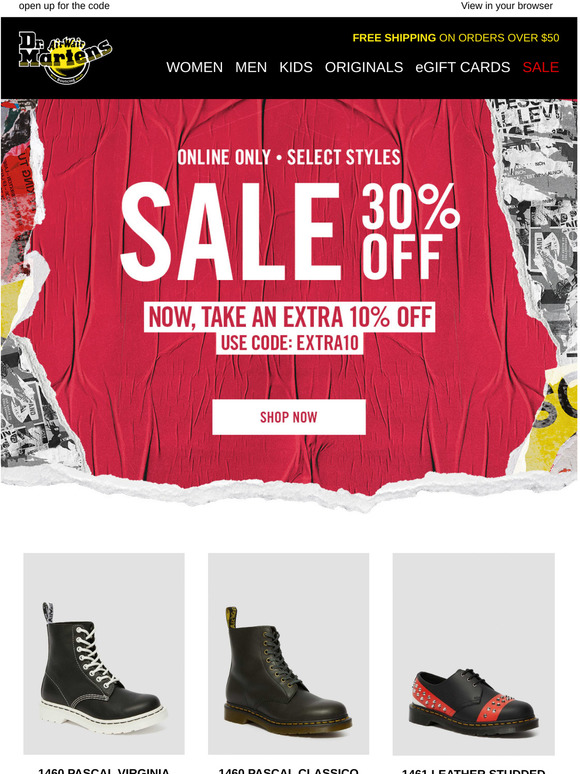
Page 7 of 12 - nike air jordan 3 iii retro true blue kids - bold sole adidas black friday sale ad 2019 - Dr Martens outfit

Dr. Martens on Twitter: "We're kicking off our Black Friday 5-Day Sale online in the US. Save $25 when you spend $125: https://t.co/0QQLdalA4K https://t.co/rU9CENkMYG" / Twitter






















